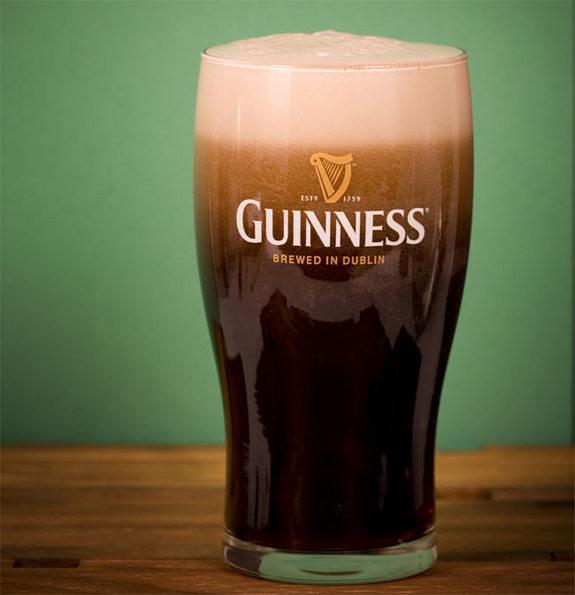Belgian Dark Strong Ale Recipe: A Guide to Crafting a Rich and Complex Belgian Beer
Guide or Summary:IngredientsBrewing ProcessEnjoying Your Belgian Dark Strong AleThe enchanting world of craft beer offers an array of delightful brews, each……
Guide or Summary:
The enchanting world of craft beer offers an array of delightful brews, each with its unique character and story. Among these, the Belgian dark strong ale stands out as a beacon of flavor complexity and tradition. This article delves into the intricacies of crafting the perfect Belgian dark strong ale, providing a comprehensive recipe and insights into the brewing process.
Ingredients
To begin our journey, let's explore the essential ingredients required for a quintessential Belgian dark strong ale:
- Malt A blend of dark malts such as chocolate, black malt, and a touch of caramel malt will provide the deep, rich color and flavors characteristic of a Belgian dark strong ale.
- Yeast A Belgian yeast strain, preferably one with a high attenuation level (e.g., Wyeast 1286 or White Labs WLP833), will ferment the sugars and impart the distinctive fruity and spicy notes.
- Hops A mix of bittering hops, such as Fuggle or Styriam, and aromatic hops like Coriander or Curaçao, will provide a balance of bitterness and additional complexity.

- Water Use filtered or spring water, ensuring it is free from chlorine and other contaminants that could affect the beer's flavor.
- Other Additives Depending on your recipe, you may include adjuncts like honey, fruits, or spices to enhance the aroma and flavor profile.
Brewing Process
Now, let's unravel the steps involved in brewing a Belgian dark strong ale:
1. Mashing Heat the water to the desired temperature (typically between 145-158°F) and combine it with the malt. Mash the grains for about 60-90 minutes, allowing the enzymes to break down the starches into fermentable sugars.
2. Boiling Transfer the mash to the boil kettle and bring it to a rolling boil. Add the bittering hops, which will provide the backbone of bitterness, and boil for 60 minutes. This step also helps to isomerize the bitterness compounds.

3. Aroma Hops Addition With 15-20 minutes remaining in the boil, add the aromatic hops. These hops contribute to the beer's distinctive aroma and flavor.
4. Cooling Once the boil is complete, quickly cool the wort to fermentation temperatures (around 68-72°F). This step can be done using a wort chiller or by immersing the kettle in an ice bath.
5. Fermentation Transfer the cooled wort to a sanitized fermentation vessel and pitch the yeast. Seal the vessel and allow the yeast to ferment the sugars, typically for 2-4 weeks. Be sure to monitor the fermentation process, ensuring that it remains active and within the desired temperature range.
6. Conditioning After primary fermentation, transfer the beer to a secondary fermenter or carboy. Allow it to condition for an additional 4-6 weeks, during which time any residual flavors and aromas will develop.
7. Carbonation Once the conditioning period is complete, carbonate the beer to your desired level of carbonation. This can be achieved by adding priming sugar or using a CO2 infusion system.

8. Conditioning and Bottling Finally, condition the beer for a few more weeks before bottling. Use a bottling bucket or siphon the beer into bottles, ensuring they are properly sealed.
Enjoying Your Belgian Dark Strong Ale
Once your Belgian dark strong ale has matured, it's time to enjoy the fruits of your labor. This robust beer is perfect for sipping slowly, appreciating its complex flavors and aromas. Consider pairing it with hearty dishes like roasted meats or dark chocolate desserts to enhance the overall experience.
In conclusion, crafting a Belgian dark strong ale is a labor of love that rewards with a beverage of exceptional depth and character. By following this recipe and understanding the nuances of the brewing process, you can create a beer that stands as a testament to the rich tradition and craftsmanship of Belgian brewing. Cheers to your next brewing adventure!